‘Moon’ is used in the name of several Wetherspoon pubs,
linking them with the ideal pub described by George Orwell. The writer called his fictional pub ‘Moon Under Water’. The site of this pub was once within the walled
gardens of Norbury Villa. Built in the 1840s, it was replaced by two
semi-detached houses and then the Art Deco-style Odeon cinema. The Penge Odeon
later became a bingo hall which closed in 1990 and was demolished..
A print a text about Queen Adelaide.
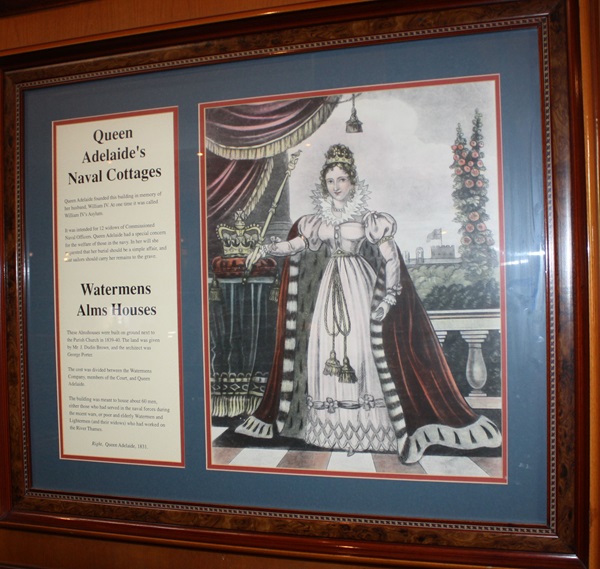
The text reads: Queen Adelaide founded this building in memory of her husband, William IV. At one time it was called William IV’s Asylum.
It was intended for 12 widows of Commissioned Naval Officers. Queen Adelaide had a special concern for the welfare of those in the navy. In her will she requested that her burial should be a simple affair, and that sailors should carry her remains to the grave.
These Almshouses were built on ground next to the Parish Church in 1839-40. The land was given by Mr J Dudin Brown, and the architect was George Porter.
The cost was divided between the Watermens Company, members of the court, and Queen Adelaide.
The building was meant to house about 60 men, either those who had served in the naval forces during the recent wars, or poor and elderly Watermen and Lightermen (and their widows) who had worked on the River Thames.
Right: Queen Adelaide, 1831.
Prints and text about the Crooked Billet.
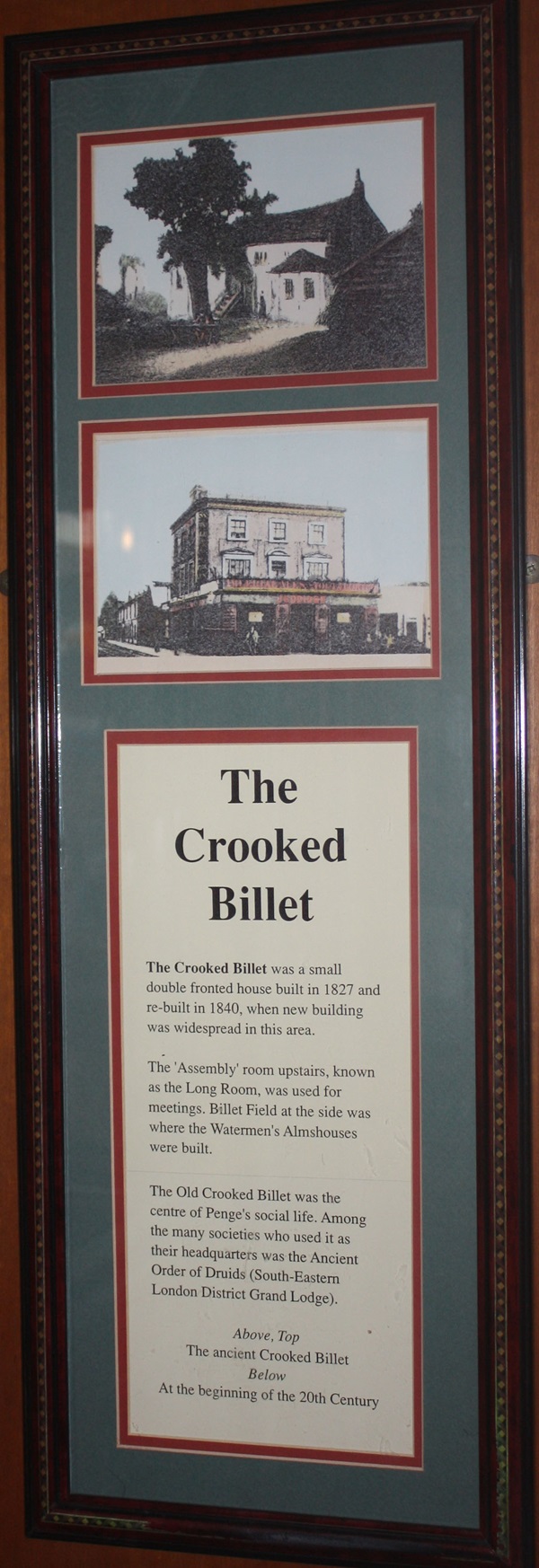
The text reads: The Crooked Billet was a small double fronted house built in 1827 and re-built in 1840, when new building was widespread in this area.
The ‘Assembly’ room upstairs, known as the Long Room, was used for meetings. Billet Field at the side was where the Watermen’s Almshouses were built.
The Old Crooked Billet was the centre of Penge’s social life. Among the many societies who used it as their headquarters was the Ancient Order of Druids (South-Eastern London District Grand Lodge).
Above, top: The Ancient Crooked Billet
Below: At the beginning of the 20th century.
A print and text about Anerley Bridge.

The text reads: Anerley Bridge crosses the railway line, and was at one time a popular meeting place. A certain Miss Isabell Mayson, travelling up from Epsom, regularly used this rendezvous to meet ‘intended’.
When they married she became Mrs Beeton. Her famous cookery book was written in the short period of time left to her before her early death aged only 35 years.
Above: Mrs Beeton.
An illustration and text about street life in Penge.
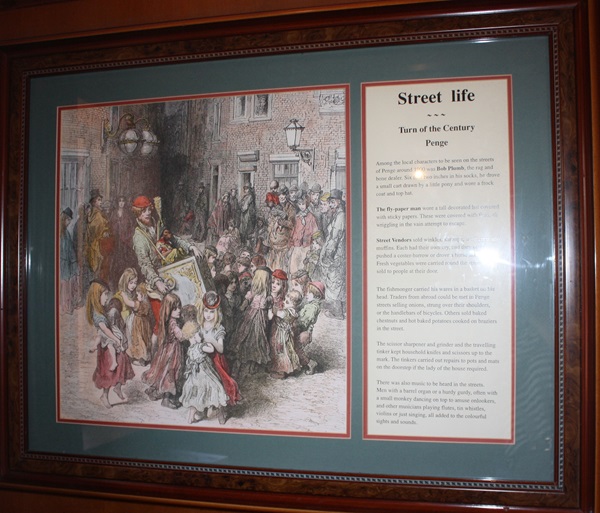
The text reads: Among the local characters to be seen on the streets of Penge around 1900 was Bob Plumb, the rag and bone dealer. Six foot two inches in his socks, he drove a small cart drawn by a little pony and wore a frock coat and top hat.
The fly-paper man wore a tall decorated hat covered with sticky papers. These were covered with flies, all wriggling in the vain attempt to escape.
Street Vendors sold winkles, shrimps, watercress and muffins. Each has their own cry and they often pushed a coster-barrow or drove a horse and cart. Fresh vegetables were carried round the streets and sold to people at their door.
The fishmonger carried his wares in a basket on his head. Traders from abroad could be met in Penge streets selling onions, strung over their shoulders, or the handles of bicycles. Others sold baked chestnuts and hot baked potatoes cooked on braziers in the street.
The scissor sharpener and grinder and the travelling tinker kept household knifes and scissors up to the mark. The tinkers carried out repairs to pots and mats on the doorstep if the lady of the house required.
There was also music to be heard in the streets. Men with a barrel organ or hurdy gurdy, often with a small monkey dancing on top to amuse onlookers, and other musicians playing flutes, tin whistles, violins or just singing, all added to the colourful sights and sounds.
A print and text about the Queen of the gypsies.
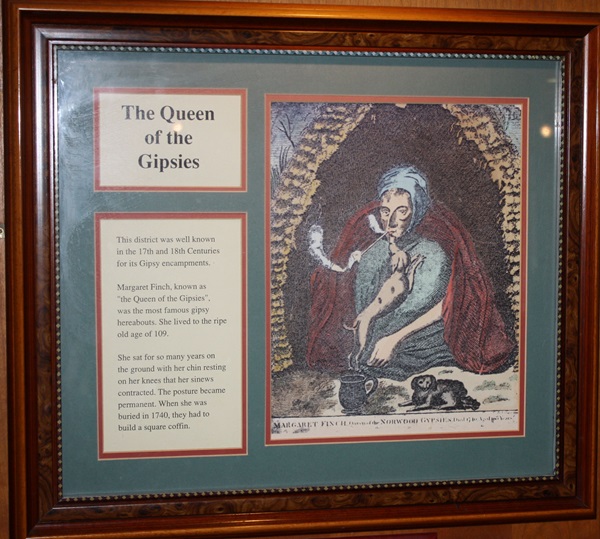
The text reads: The district was well known in the 17th and 18th centuries for its Gipsy encampments.
Margaret Finch, known as “the Queen of the Gipsies”, was the most famous hereabouts. She lived to the ripe old age of 109.
She sat for so many years on the ground with her chin resting on her knees that her sinews contracted. When she was buried in 1740, they had to build a square coffin.
A print and text about important figures from the area.
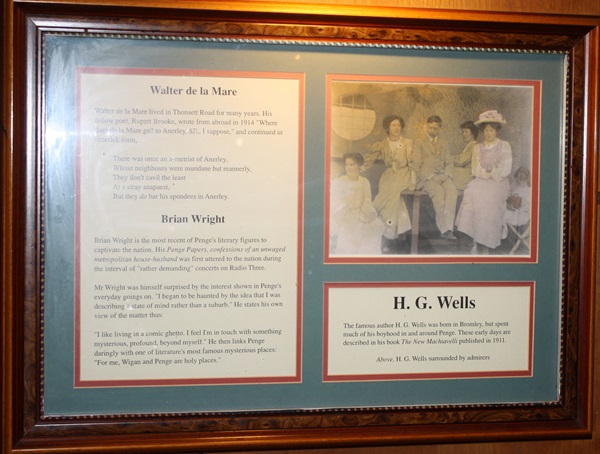
The text reads: Walter de la Mare
Walter de la Mare lived in Thonsett Road for many years. His fellow poet Rupert Brook wrote from abroad in 1914 “where does de la Mare go? To Anerley, SE., I suppose,” and continued in Limerick form,
There was once an a-metrist of Anerley,
Whose neighbours were, mundane but mannerly,
They don’t cavil the least
At a stray anapaest,
But they do bar his spondees in Anerley.
Brian Wright
Brian Wright is the most recent of Penge’s literary figures to captivate the nation. His Penge Papers, confessions of an unwaged metropolitan house-husband was first uttered to the nation during the interval of “rather demanding” concerts on Radio Three.
Mr Wright was himself surprised by the interest in Penge’s everyday goings on. “I began to be haunted by the idea that I was describing a state of mind rather than a suburb.” He states his own view of the matter thus:
“I like making a living in a comic ghetto. I feel I’m in touch with something mysterious, profound, beyond myself.” He then links Penge daringly with one of literatures most famous mysterious places: “for me, Wigan and Penge are holy places”.
H G Wells
The famous author H G Wells was born in Bromley, but spent much of his boyhood in and around Penge. These early days are described in his book The New Machiavelli published in 1911.
Above: H G Wells surrounded by admirers.
A print and text about Anerley Gardens.
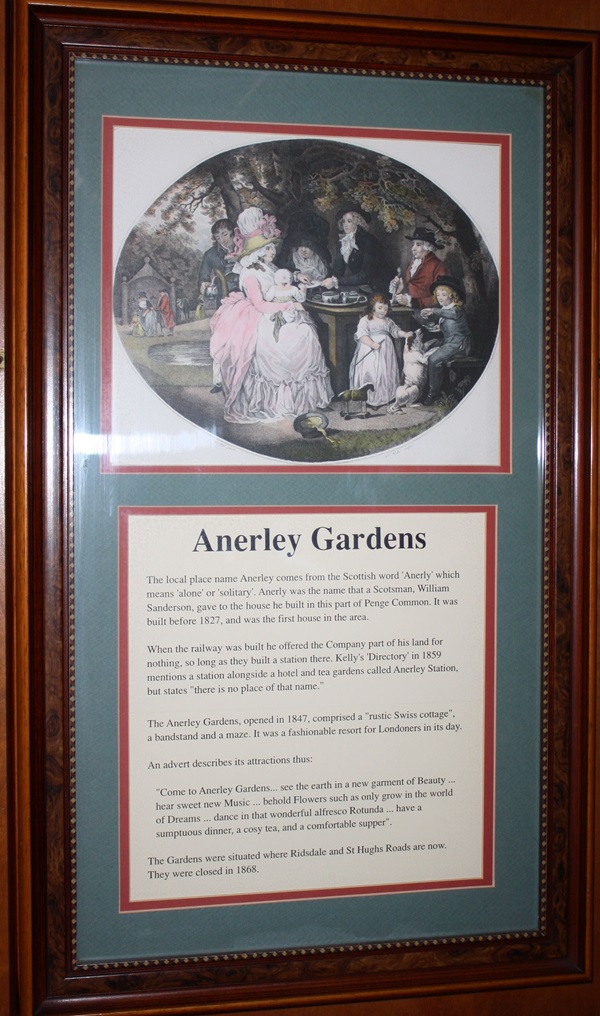
The text reads: The local place name Anerley comes from the Scottish word ‘Anerly’ which means ‘alone’ or ‘solitary’. Anerly was the name that Scotsman, William Sanderson, gave to the house he built in his part of Penge Common. It was built before 1827, and was the first house in the area.
When the railway was built he offered the Company part of his land for nothing, so long as they built a station there. Kelly’s ‘Directory’ in 1859 mentions a station alongside a hotel and tea gardens called Anerley Station, but states “there is no place of that name”.
The Anerley Gardens, opened in 1847, comprised a “rustic Swiss Cottage”, a bandstand and a maze. It was a fashionable resort for Londoners in its day.
An advert describes its attractions thus:
“Come to Anerley Gardens… see the earth in a new garment of Beauty… hear sweet new Music… behold Flowers such as only grown in the world of Dreams… dance in that wonderful alfresco Rotunda… have a sumptuous dinner, a cosy tea, and comfortable supper”.
The Gardens were situated where Ridsdale and St Hughs Roads are now. They were closed in 1868.
An illustration and text about transport in the area.
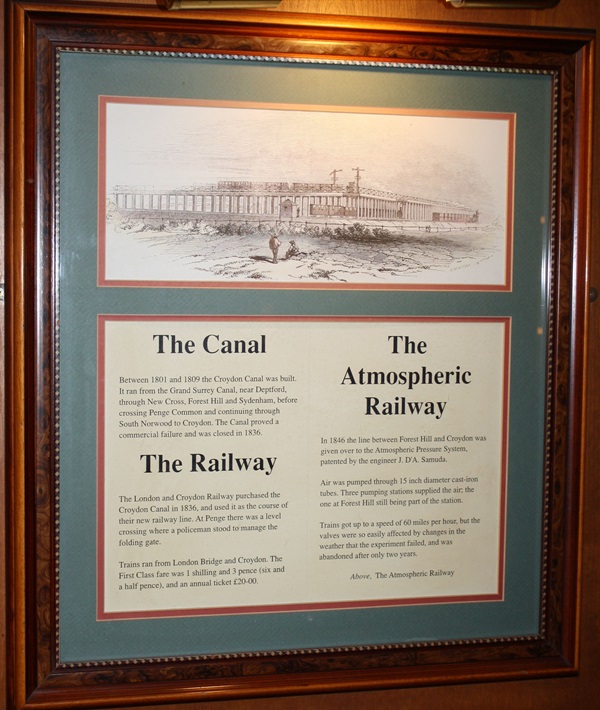
The text reads: The Canal
Between 1801 and 1809 the Croydon Canal was built. It ran from the Grand Surrey Canal, near Deptford through New Cross, Forest Hill and Sydenham, before crossing Penge common and continuing through South Norwood to Croydon. The canal proved a commercial failure and was closed in 1836.
The Railway
The London and Croydon Railway purchased the Croydon canal in 1836, and used it as the course of their new railway line. At Penge there was a level crossing where a policeman stood to manage the folding gate.
Trains ran from London Bridge and Croydon. The first class fare was 1 shilling and 3 pence (six and a half pence), and an annual ticket £20.
The Atmospheric Railway
In 1846 the line between Forest Hill and Croydon was given over to the Atmospheric Pressure system, patented by the engineer J D’A Samuda.
Air was pumped through 15 inch diameter cast- iron tubes. Three pumping stations supplied the air: the one at Forest Hill still being part of the station.
Trains got up to a speed of 60 mile per hour, but the valves were so easily affected by changes in the weather that the experiment failed, and was abandoned after only two years.
Above: The Atmospheric Railway.
An illustration and text about Kent House Farm.
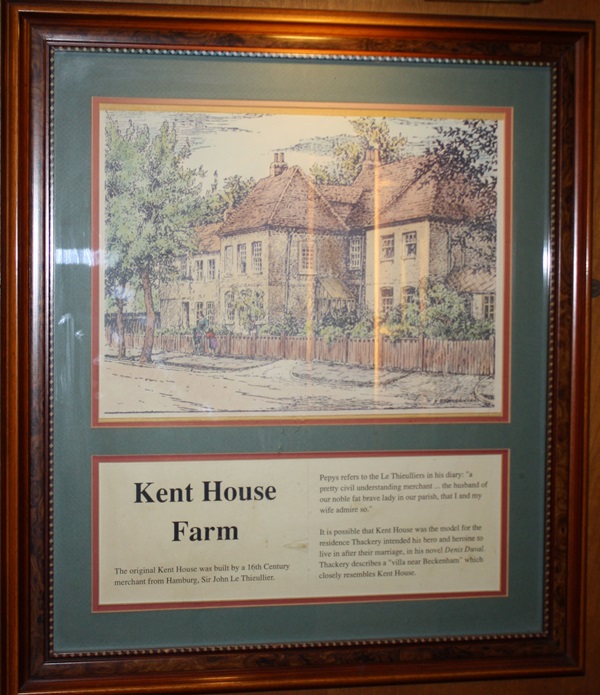
The text reads: Kent Farm House was built by a 16th century merchant from Hamburg, Sir John Le Thieullier.
Pepys refers to the Le Thieulliers in his diary: “a pretty civil understanding merchant… the husband of our noble fat brave lady in our parish, that I and my wife admire so”
It is possible that Kent House was the model for the residence Thackery intended his hero and heroine to live in after their marriage, in his novel Denis Duval. Thackery describes a “villa near Beckenham” which closely resembles Kent House.
A photograph of High Street, Penge c1905.
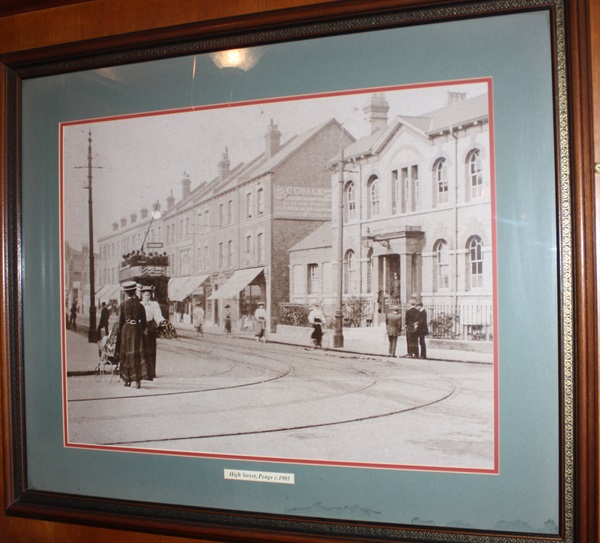
Photographs of The Odeon, Penge c1937.
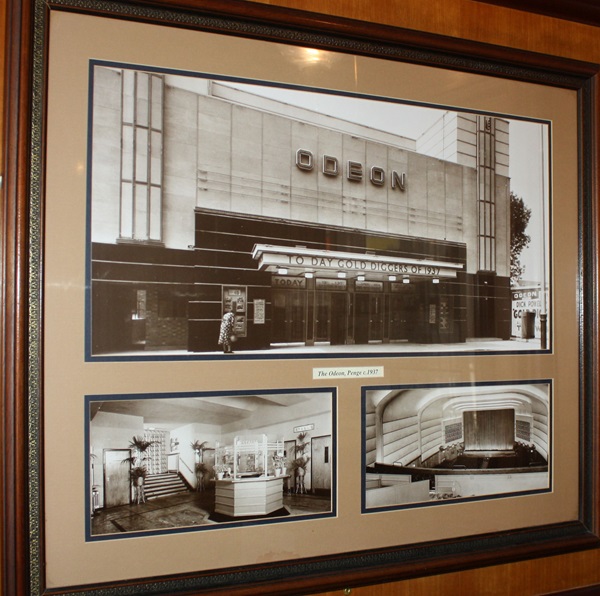
Photographs of Penge Railway Station c1908.
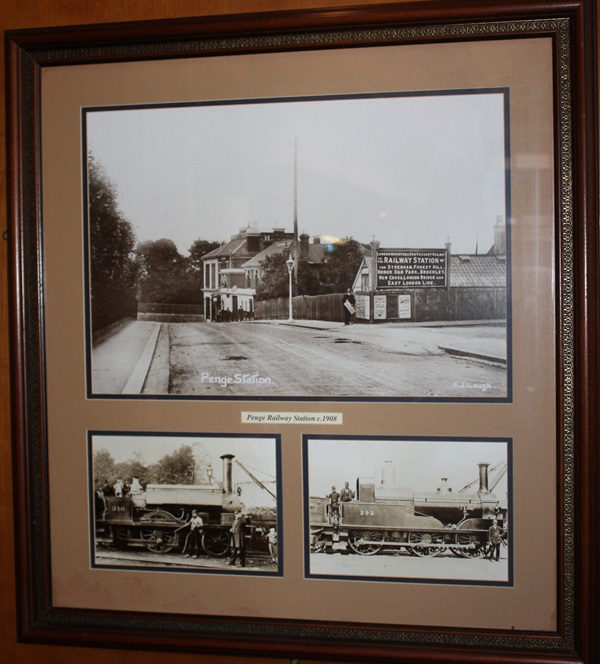
A photograph of Beckenham Road, Penge c1908.
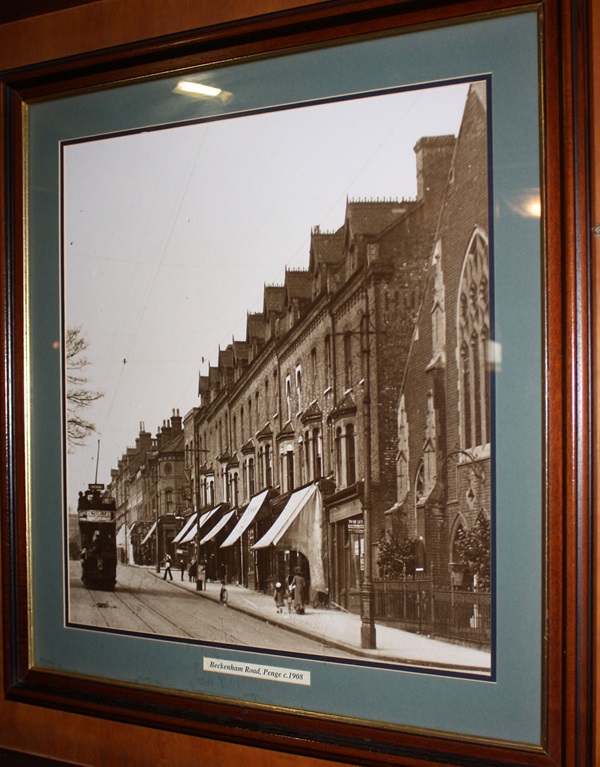
A print of Beckenham Road, Penge c1912.
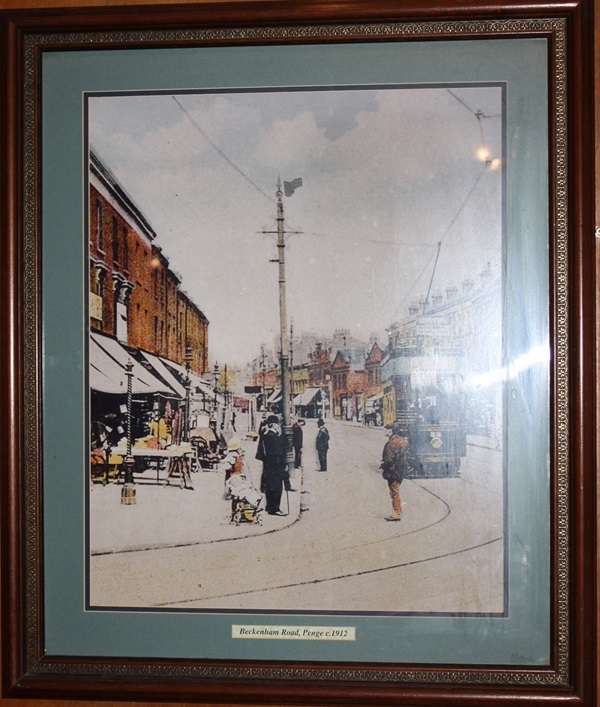
A print of Beckenham Road, Penge c1910.
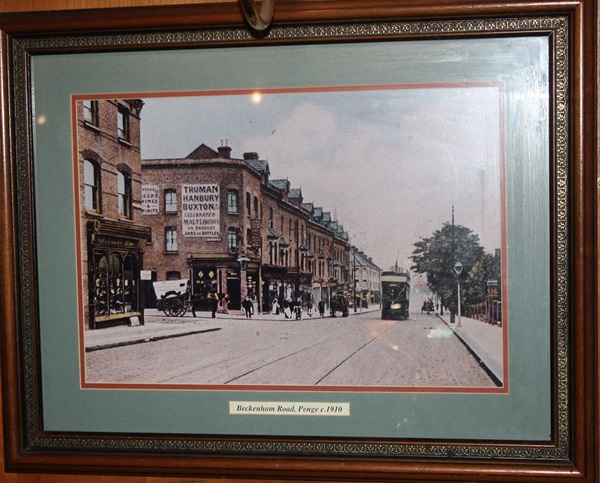
A photograph of High Street, Penge c1908.
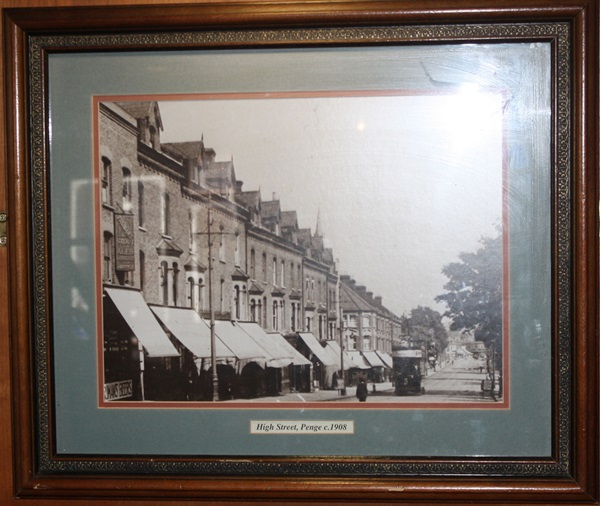
External photograph of the building – main entrance.
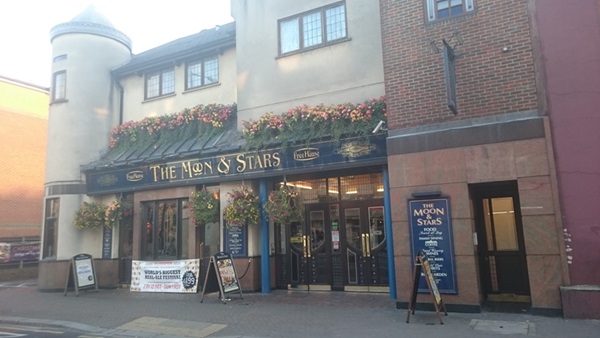
If you have information on the history of this pub, then we’d like you to share it with us. Please e-mail all information to: pubhistories@jdwetherspoon.co.uk